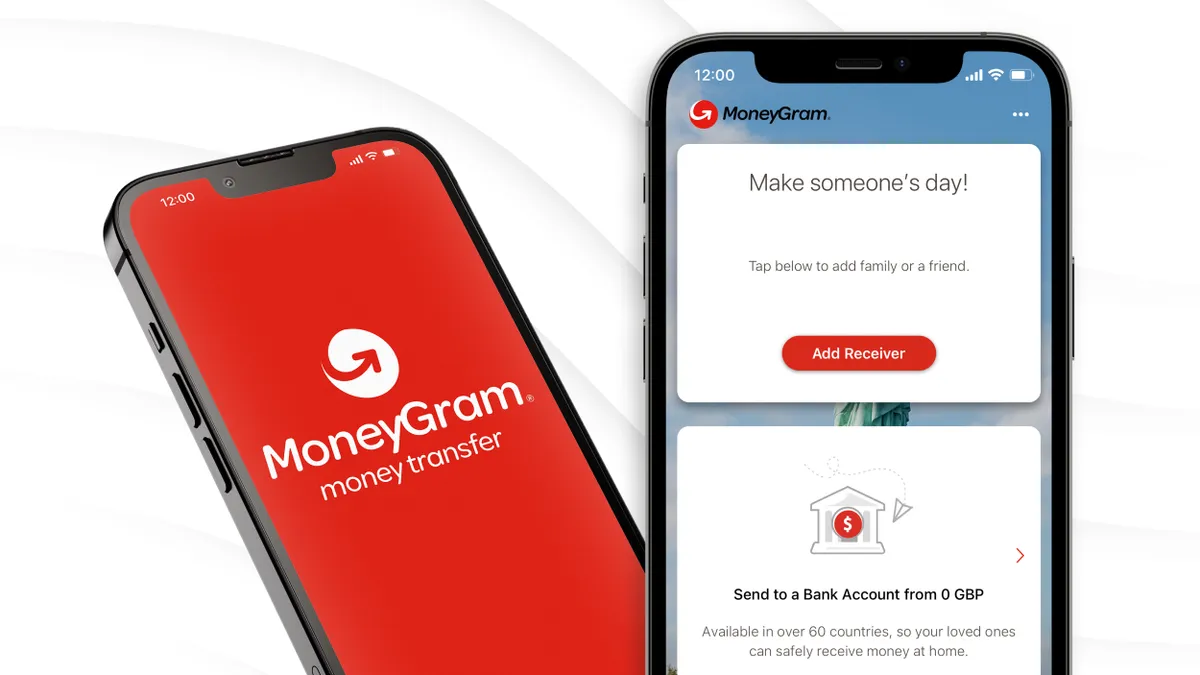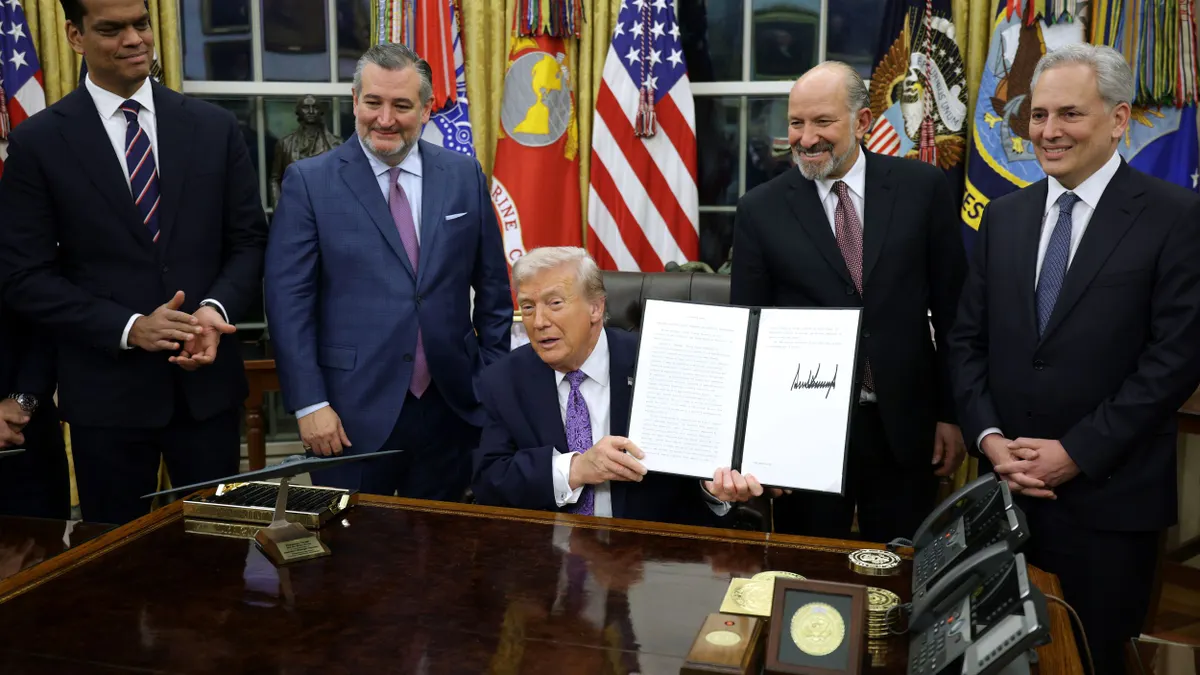The following is a contributed article from Nick McMenemy, CEO of Renewtrak. Opinions expressed are author's own.
It seems logical to prioritize renewals of your largest customers, but in terms of profitability, rather than revenue, that might not make sense.
Those fat juicy contracts that attracted so much attention when the sales team landed them are often won by hard bargaining. How much of your overall margins were pared to win that big customer?
Sales teams spend a lot of time closing these large revenue renewals at very thin margins. For that reason, time spent on renewing smaller contracts might make more significant contributions to your overall profitability.
In fact, many companies find themselves with this kind of long tail — a large number of lower-value renewals. In the technology marketplace, for example, we’ve seen data showing 97% of all renewals are below $10,000 in value and only 1% are valued at more than $25,000.
At what point are small contracts too small to make their renewal worth the effort?
If you were to look at a graph showing the cost of pursuing renewals compared to the profit you realize, you would find an inflection point where the cost of pursuing a small value renewal exceeds the profitability of the contract.
Let’s say that point is $20,000. If the cost of new customer acquisition exceeded $20,000, it would be easier to sell to and keep an existing client than to sell to a new customer. Not only would it be cheaper, but it would typically be quicker to generate that revenue. What’s more, if the relationship is properly managed, you could expect to retain that client for some time.
So, there is real gold in the long tail, but only if you can find a way of streamlining the renewal process and reducing the human time and effort of mining it.
Should you outsource?
There's one tempting answer to the cost issue: outsourcing your renewals.
The real strength of outsourcing lies with very straightforward, simple tasks that are easy to cost and allow the outsource team to hit the ground running.
But the renewals function is complicated. A single quote can be issued to a customer for, say, a 12-month term, but what if the client wants a longer term, or a different renewal type? This requires the quote to be revised, re-issued and then chased again – a re-quote cycle that costs money and reduces overall profitability while extenuating the closure process and reducing customer satisfaction.
It is also necessary for the outsource team to be trained not just in your company’s technology and nomenclature, but also in the often complex pricing logic (price discounts, partner discounts, rebate application, bundling).
It can take weeks of dedicated training to get up to speed. Even when the training is complete, it typically takes 90-120 days before the providers become fully effective. Quotes take time to get right, revisions take time, and some 7 to 11% of all human-generated quotes have an error or two.
Should you automate?
This is where automation can provide a solution. An automated system is not dazzled by big value contracts that offer little profit, nor is it daunted by the enormous number of small contracts that really ought to be pursued.
What’s more, automation doesn’t require a time-out while human operators learn pricing and quote preparation. There is no ramp-up time to get quotes delivered. Instead, it can assess the worth of each renewal according to the objective values set by you and untiringly work towards a high closure rate that promises optimal profit.
Automated support, maintenance and licensing renewal is already available as a cloud-delivered software as a service (SaaS) platform. It integrates machine learning and intelligent automation to assess the worth of each renewal according to the objective values you set.
An Australian company, Resolute Mining, recently opened a completely automated, remote controlled underground gold mine in Mali. A huge manual burden has been lifted, while the company still employs about 1,500 people who are being trained to higher level skills.
Something similar is happening here: automated renewal services are reducing the long-tail burden to enable better deployment of the sales team’s knowledge and experience. Companies are using automated renewal services to lighten the long tail load and enable valuable in-house experience to focus more on upselling and improved customer relationships.
In other words, there’s gold in that long tail, but it might take automation to mine it.


















